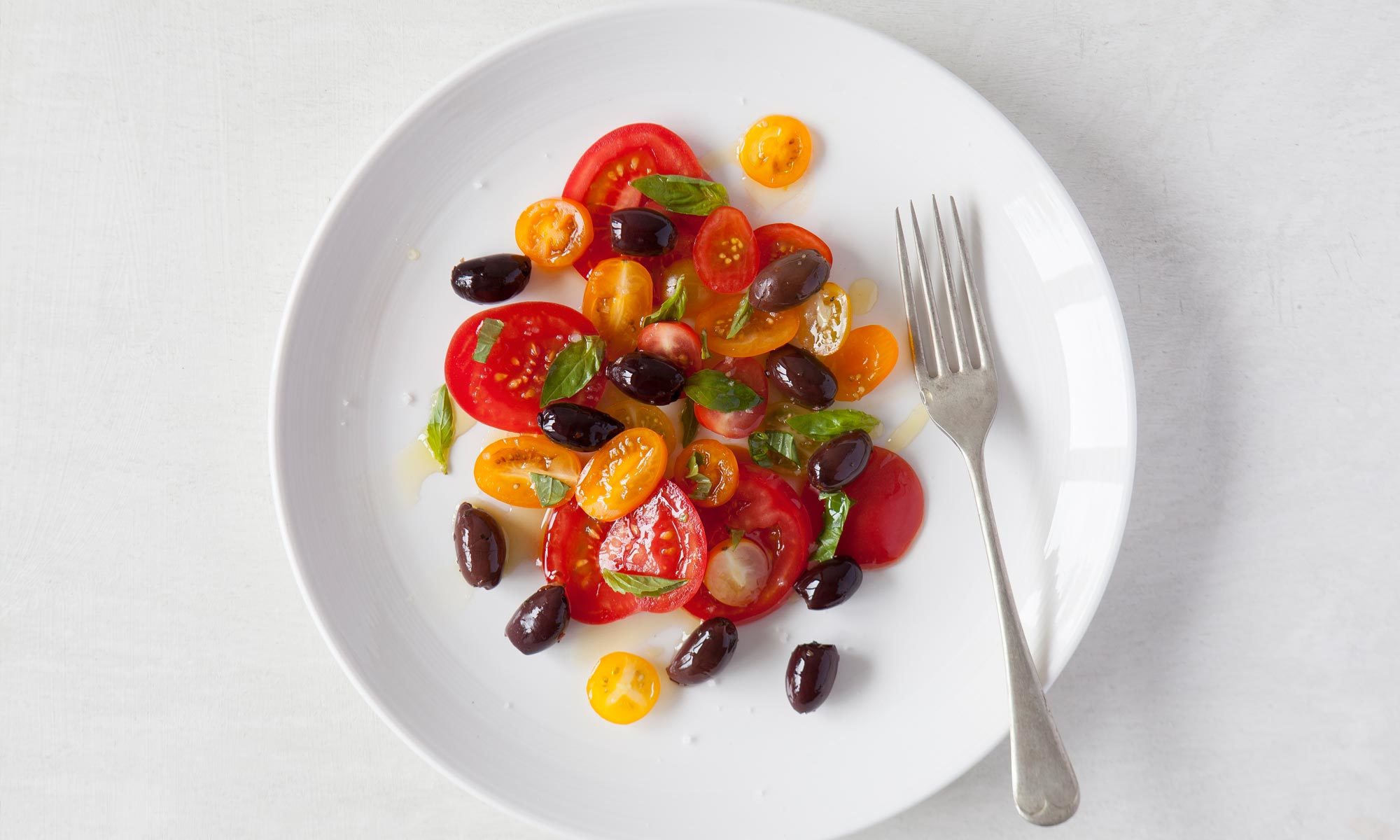One of the most effective ways you can stave off the ageing effects of time is to eat plenty of foods known as ‘Sirtfoods’. That’s because these foods have the ability to activate sirtuins – genes which keep us young and slim by instructing the body to repair and rejuvenate our cells.
Twenty foods have been identified as being top sirtuin-triggers, and Extra Virgin Olive Oil, or EVOO, comes up seventh on the list. This is thanks to olives’ content of two nutrients in particular, oleuropein and hydroxytyrosol. These antioxidant polyphenols help keep the plants healthy, hardy, and resistant to disease – and when we eat them, we get those same benefits. Studies show, for example, that oleuropein and hydroxytyrosol can help protect against heart disease, cancer, and brain degeneration. 1, 2, 3
One of the most exciting things about Sirtfoods is that sirtuins cause fat to be burned and muscle mass to increase, which is why they are sometimes known as ‘skinny’ genes. This means that by eating more Sirtfoods, we can become leaner and fitter without having to diet or take extra exercise.
Other top Sirtfoods are chilli, capers, celery, kale, red onions, red wine, rocket, and walnuts. A large salad with olives, chilli, rocket, and a dressing made with extra-virgin olive oil is a great way to have a Sirtfood meal; or try drizzling olive oil over steamed kale and adding a sprinkle of chilli and a squeeze of lemon. And now that the festive season is on the horizon, I for one will be enjoying a glass of red wine with a bowl of spicy olives before dinner.
By writer and nutritionist Sally Beare
References
- Omar, Syed Haris (2010). Cardioprotective and neuroprotective roles of oleuropein in olive. Saudi Pharm J 18(3):111-121.
- Barbaro, Barbara et al (2014). Effects of the Olive-Derived Polyphenol Oleuropein on Human Health. Int J Mol Sci. 15(10): 18508–18524.
- Peng, S et al (2015). Dual protection of hydroxytyrosol, an olive oil polyphenol, against oxidative damage in PC12 cells. Food Funct 6(6):2091-100.

